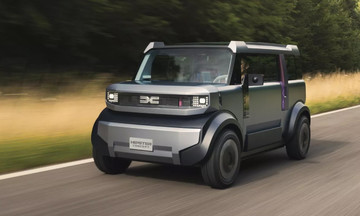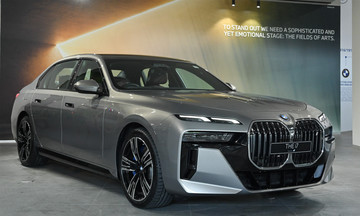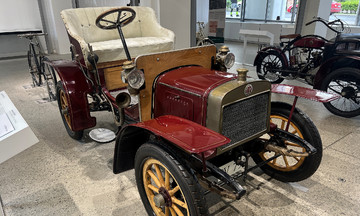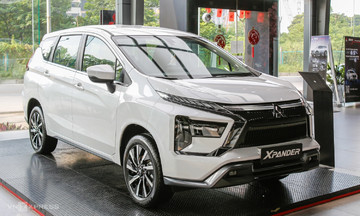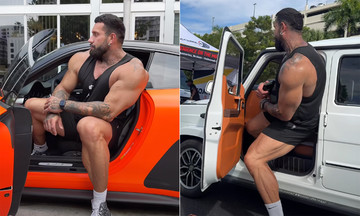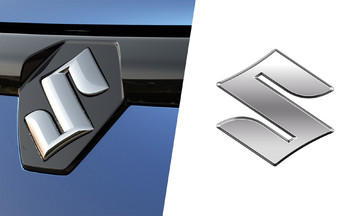The Indian auto market witnessed a record-breaking day on 22/9. With excise duty cuts taking effect and the Sharad Navratri festival beginning, dealerships reported exceptional customer traffic and deliveries. For many automakers, 22/9 sales were several times higher than the daily average, demonstrating the combined impact of price reductions and festive demand.
Maruti Suzuki led the surge, delivering 30,000 vehicles in one day. This is the highest figure in the company's 35-year history, surpassing the usual 5,000-6,000 vehicles. Dealerships reported long queues, extended working hours, and a large number of bookings.
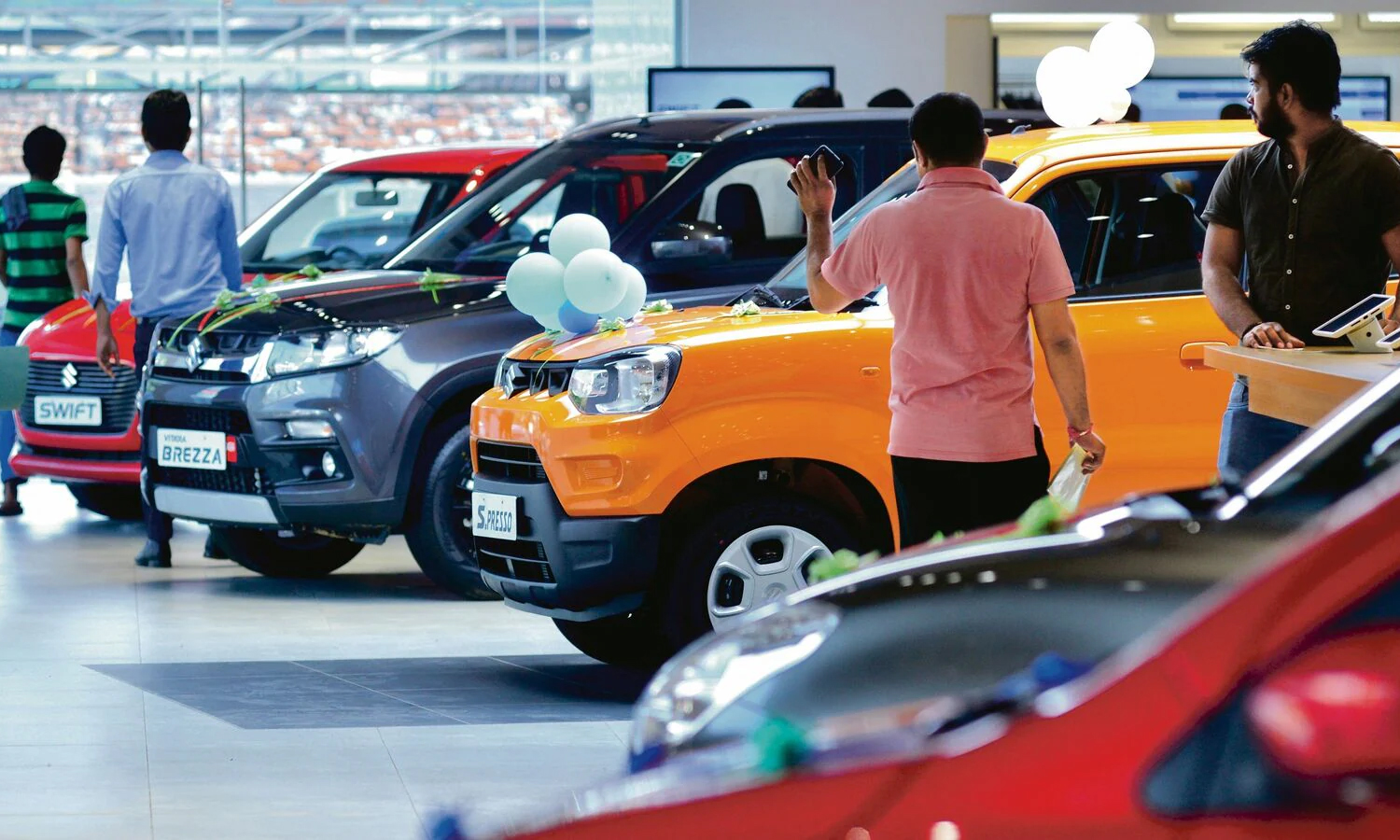 |
A Maruti Suzuki dealership in India. Photo: Hindustan Times |
A Maruti Suzuki dealership in India. Photo: Hindustan Times
Since announcing new prices on 18/9, Maruti has received approximately 15,000 orders per day, a 50% increase compared to normal. In less than a week, bookings have reached 75,000 units. Notably, demand for small cars increased significantly after prices dropped by up to 130,000 rupees (1,460 USD).
Hyundai India also experienced its strongest sales day in the past 5 years, selling 11,000 vehicles. This number is significantly higher than the company's daily average. Management cited lower excise duties and adjusted pricing as key factors driving customers to showrooms.
Tata Motors also delivered 10,000 vehicles on the same day and reported around 25,000 inquiries. The ripple effect extended to the used car market, with online marketplace CARS24 registering a 400% increase in deliveries compared to a typical day and conducting over 5,000 inspections, its highest in 4 years.
Across Delhi, Gurugram, and Mumbai, dealerships reported 3 to 5 times higher deliveries on 22/9 than usual. Pasco Group's Maruti dealerships in Gurugram handled over 150 deliveries in a single day, 5 times the daily average. Dealerships in smaller towns also reported unusually high demand, with some in Rajasthan expecting to double their sales.
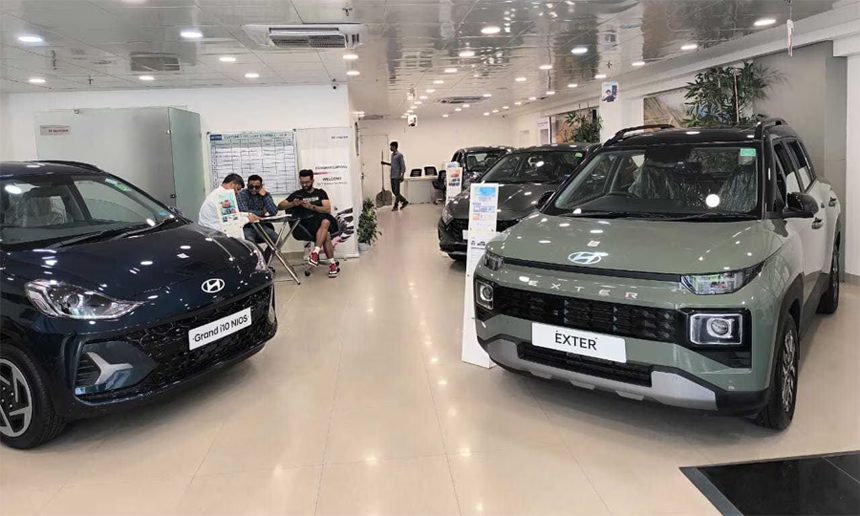 |
The Grand i10 Nios (left) and Exter in a Hyundai showroom in Delhi, India. Photo: Justdial |
The Grand i10 Nios (left) and Exter in a Hyundai showroom in Delhi, India. Photo: Justdial
Much of this is due to the excise duty cuts, which reduced rates on small cars and SUVs from 28% to 18%. Price reductions on standard models ranged from 65,000 to 150,000 rupees (732-1,460 USD), providing a clear incentive for consumers to accelerate their vehicle purchases.
Maruti Suzuki's Alto K10 and WagonR were among the best-selling models. Other models like the Baleno, Swift, Brezza, and Grand Vitara also benefited from the price cuts. Company officials acknowledged that supply for some variants may become scarce if the growth rate continues.
Industry body Federation of Automobile Dealers Associations (FADA) noted that customer interest has been increasing for weeks. With improved affordability, many buyers opted to upgrade to higher segments rather than solely focusing on basic car options.
Total sales figures represent one of the strongest growth days in recent Indian automotive history. Maruti's 30,000, Hyundai's 11,000, and Tata's 10,000 vehicle sales, along with the surge in used car sales, demonstrate how the combination of lower tax rates and opportune delivery timing can boost sales.
My Anh (according to Cartoq)




